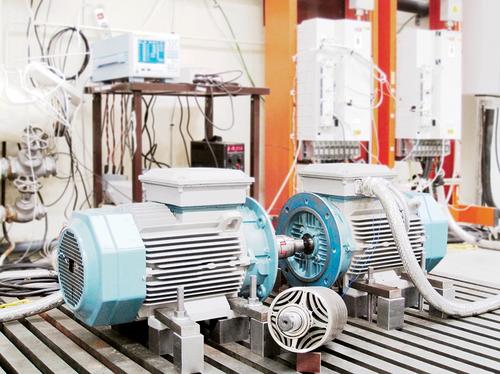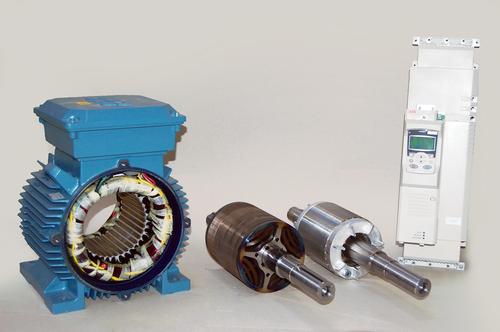August 15, 2011

Combining the advantages of permanent magnet and induction motors, new synchronous reluctance motors (SynRM) offer potentially breakthrough technology for variable speed drive (VSD) and motor packages.
The new motors use an innovative rotor design that eliminates the slip losses associated with induction motors while offering the benefits of permanent magnet operation.
"The key trends in industry related to electric motors, and what customers and the marketplace value, are energy efficiency, size/footprint reduction, and reliability," says Panu Virolainen, head of research and development for ABB's Discrete Automation and Motion division. "New synchronous reluctance motor-drive technology offers benefits in precisely these three areas. It provides improved efficiency compared to standard induction motors, the ability to go to higher power density, and higher reliability that includes longer service intervals. The fundamental technology makes it possible to reach these benefits."

To create a smaller, more efficient motor with a long lifetime and lower maintenance needs, as well as a new motor type that could be adapted to VSD operation, ABB says it considered all its technology options.
Starting a VSD motor is very different from a direct-line connection start, but this highlighted the opportunities to simplify the motor design and improve efficiency. Synchronous motors with a four-pole rotor operating at 50Hz rotate in synchronism with the supply at exactly 1,500rpm. A corresponding induction motor has slip losses and rotates at only 1,475rpm (30kW). In modern induction motors with a short circuit rotor cage, the losses associated with the rotor amount to 20-35 percent of the total motor losses.
As a high-efficiency solution, synchronous reluctance motor technology is based on the concept of magnetic resistance or reluctance. The rotor is designed to produce the smallest possible reluctance in one direction and the highest reluctance in the perpendicular direction.
The motor produces torque as the rotor attempts to align the magnetically conducting direction to the stator field. What this means in practice is a new synchronous motor technology where the rotor is rotating at the same frequency as the stator field.
"On the rotor side of the motor, we are able to eliminate so-called slippage losses that exist in induction motors," Virolainen says. "These rotor-side losses are an essential part of the total losses of the motor, so eliminating them creates higher efficiency. We can reduce the losses by up to 40 percent, depending on the power rating of the motor, and increase the efficiency of the motor up to 5 percent in smaller power motors and 0.5 percent in the biggest frame motors, which puts us in compliance with the upcoming IE4 efficiency class in Europe."
About the Author(s)
You May Also Like





